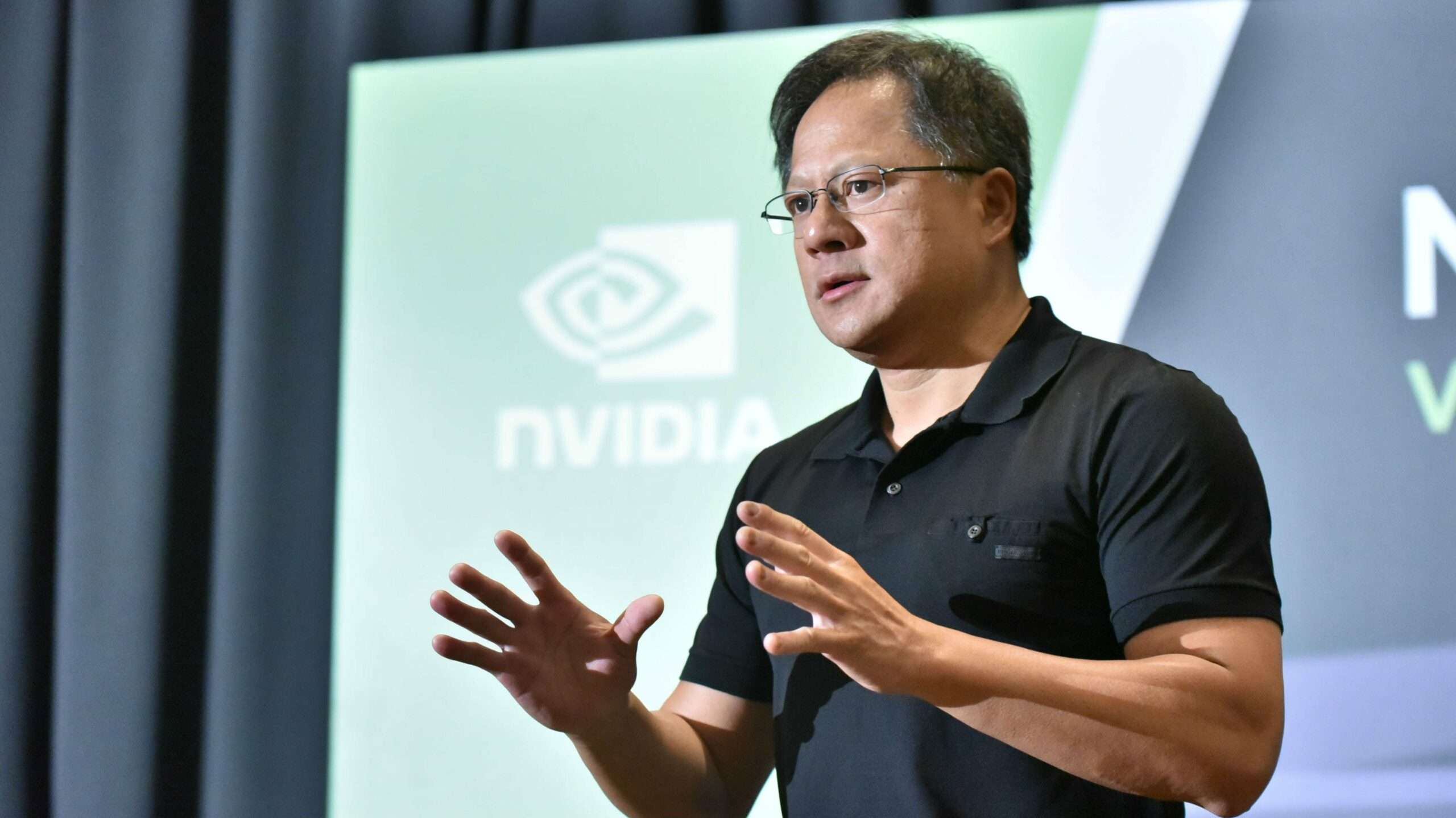Nvidia has been making headlines recently due to its business growth and stock performance. Although the company has demonstrated robust growth, its stock price has been a topic of debate among investors. In this article, we’ll break down Nvidia’s financial performance, market valuation, and potential future prospects to determine if its stock is truly overvalued.
Nvidia’s Impressive Business Growth
Nvidia has shown exceptional business growth, exceeding market expectations. In the latest quarter, Nvidia reported strong financial results with a significant increase in revenue. However, despite these impressive numbers, the stock price fell by 8% following the earnings report. This drop can be attributed to the high expectations set by the market.
The company has a current market capitalization of $2.66 trillion, and its price-to-earnings (P/E) ratio stands at around 60. In comparison, the semiconductor industry average P/E ratio is approximately 35. This high valuation reflects the market’s expectations for Nvidia’s continued high growth, particularly in sectors like AI, gaming, and data centers.
Understanding Nvidia’s Valuation
Nvidia’s high valuation has sparked discussions among investors. With a P/E ratio nearly double the industry average, the question arises: is Nvidia overvalued? A company’s P/E ratio should ideally be in line with its growth rate. Nvidia’s revenue growth rate has been around 47% over the past eight years, and its free cash flow growth has surpassed 100%, which justifies a higher valuation.
However, a comparison with the broader semiconductor industry, which has a much lower average P/E ratio, indicates that Nvidia’s stock could be considered overvalued. Following the principles of investment gurus like Peter Lynch, a P/E ratio should correlate with the company’s growth rate, which, in Nvidia’s case, might signal overvaluation.
Nvidia’s Strong Market Position and Competitive Advantages
Nvidia is a market leader in several key segments, including AI chips, gaming GPUs, and data center solutions. The company’s products are renowned for their performance, and Nvidia enjoys a competitive edge over rivals like AMD and Intel. This dominant position in the market is further strengthened by Nvidia’s strong brand reputation, which drives consistent demand for its products.
The company’s gross margins are nearly 80%, which is impressive, especially for a hardware-focused business. Operating margins are around 65%, which highlights Nvidia’s operational efficiency and profitability. These metrics underline Nvidia’s ability to maintain healthy profit margins, contributing to its high valuation.
R&D and Technological Innovation
Nvidia has maintained a robust investment in research and development (R&D). In recent years, Nvidia has spent around 20% of its revenue on R&D, which has enabled the company to innovate and maintain its technological leadership. This is lower than the typical R&D expenditure for tech companies, indicating that Nvidia has successfully leveraged its existing technologies while minimizing the need for excessive spending.
Nvidia’s strong R&D investments have also helped it establish a moat, or a competitive advantage, around its business. This has made it difficult for new competitors to enter the market and challenge Nvidia’s dominance, ensuring the company’s sustained growth in the future.
Financial Health and Shareholder Returns
Nvidia’s financial health is solid, with manageable debt levels and strong free cash flow generation. The company’s long-term debt stands at $5.5 billion, which Nvidia can easily cover with its annual free cash flow of $27 billion. This financial strength allows Nvidia to invest in growth opportunities and return capital to shareholders.
Recently, Nvidia announced a $15 billion share buyback program, which indicates management’s confidence in the company’s future prospects. Share buybacks also help reduce share dilution and enhance shareholder value. Additionally, Nvidia has started issuing dividends, further solidifying its commitment to returning value to shareholders.
Future Growth Prospects
Looking ahead, Nvidia’s growth will be driven by several key factors:
- Artificial Intelligence (AI): Nvidia is a leader in AI hardware and software, which positions the company well to capitalize on the growing demand for AI solutions. The company’s GPUs are widely used in AI training and inference, making Nvidia a critical player in the AI ecosystem.
- Gaming: Nvidia’s GPUs are popular among gamers for their high performance. As the gaming industry continues to grow, driven by advancements in graphics technology and the increasing popularity of eSports, Nvidia’s gaming segment is expected to remain strong.
- Data Centers: Nvidia’s data center business is another growth driver. The company’s GPUs are used in servers for high-performance computing, cloud gaming, and AI applications. The increasing adoption of cloud services and the need for powerful data center infrastructure will continue to support Nvidia’s growth in this segment.
However, investors should consider the potential challenges Nvidia may face. The semiconductor industry is highly competitive, with companies like AMD, Intel, and emerging players constantly innovating. Additionally, macroeconomic factors such as interest rates, inflation, and global supply chain disruptions could impact Nvidia’s growth trajectory.
Conclusion
Nvidia is undoubtedly a well-managed company with strong financials and a dominant position in key growth areas like AI, gaming, and data centers. However, its current valuation, with a P/E ratio significantly higher than the industry average, suggests that the stock may be overvalued. Investors need to weigh the company’s strong growth prospects against its high valuation and consider whether Nvidia can continue to meet the market’s lofty expectations.
In conclusion, while Nvidia remains a leader in the semiconductor industry with promising growth potential, investors should approach its stock with caution and conduct thorough due diligence before making investment decisions. Balancing the potential for high returns with the inherent risks is key to navigating the dynamic landscape of Nvidia’s stock performance.

